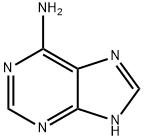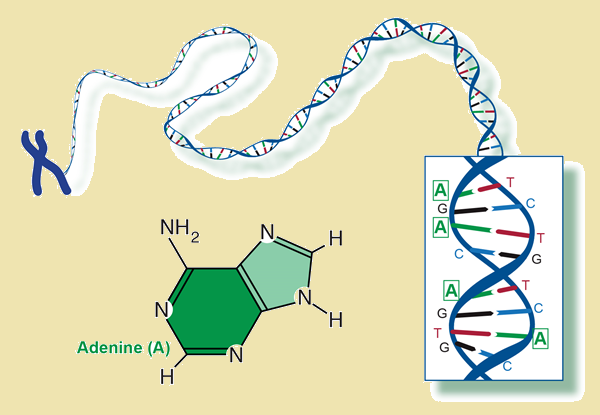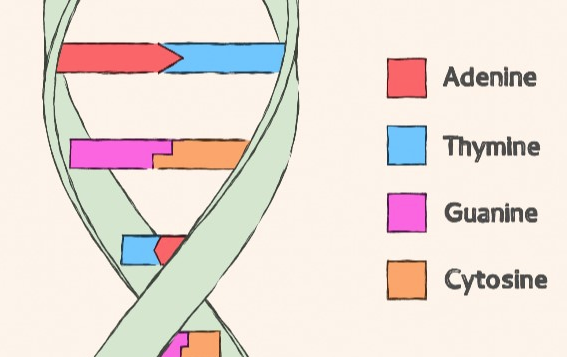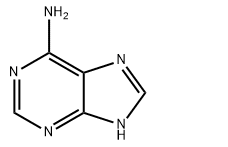Adenine: A Crucial Nucleobase in Biochemistry and Molecular Biology
Introduction
Adenine, a fundamental nucleobase, plays a pivotal role in the biochemistry of life. Adenine (symbolized as A) pairs with thymine (T) in DNA and with uracil (U) in RNA. The sequence of the four nucleotide bases encodes DNA’s information.
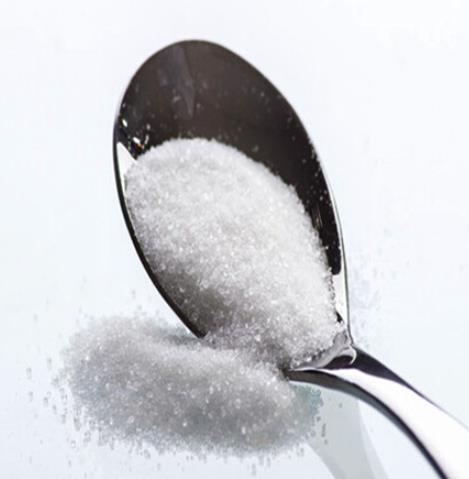
Structure
Adenine can, in principle, exist under 14 different tautomeric forms: four amino tautomers 9H, 7H, 3H and 1H, eight imino tautomers, 1H/7H, 9H, 3H/7H and 9H. Each of these last forms possesses two stereoisomers Z and E. Two zwitterionic forms can also exist. The most stable form is the canonical 9H tautomer (the nitrogen atom N9 is linked to the sugar in adenosine). Tautomer 7H is rather close, between only 0.2 and 0.4 eV above 9H in isolated adenine and 0.1 eV above 9H in adenine–water clusters. All other tautomers are lying 0.5 eV above tautomer 9H.
Function
One of the five fundamental (or canonical) nucleobases is adenine, along with cytosine, guanine, thymine, and uracil. They are the basic building blocks of the genetic code. The genetic code of a specific protein is found in nucleic acids, depending on the nucleobase sequence, like DNA and RNA molecules. Nucleic acids have a significant role in cellular activities, heredity, and the survival of organisms.
Adenine is an important component of nucleic acids and adenosine triphosphate (ATP). The adenosine has three phosphate groups attached to it. Using ATP in cellular metabolism and various biological processes makes it an energy-rich molecule.
[1]Bollee G, Harambat J, Bensman A, et al. Adenine phosphoribosyltransferase deficiency[J]. Clinical Journal of the American Society of Nephrology, 2012, 7(9): 1521-1527.
[2]Shapiro R. The prebiotic role of adenine: a critical analysis[J]. Origins of Life and Evolution of the Biosphere, 1995, 25(1): 83-98.
References:
[1] KAMATANI N. [Adenine phosphoribosyltransferase deficiency].[J]. Tanpakushitsu kakusan koso. Protein, nucleic acid, enzyme, 1988, 33 5.[2] SHAPIRO R. The prebiotic role of adenine: A critical analysis[J]. Origins of Life and Evolution of Biospheres, 1995, 12 1: 323-334. DOI:10.1007/BF01581575.
You may like
Related articles And Qustion
Lastest Price from Adenine manufacturers

US $0.00/kg2025-04-27
- CAS:
- 73-24-5
- Min. Order:
- 1kg
- Purity:
- 98.0%~102.0%; USP42
- Supply Ability:
- 30tons/month
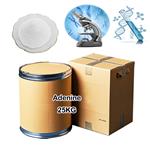
US $0.00-0.00/kg2025-04-22
- CAS:
- 73-24-5
- Min. Order:
- 1kg
- Purity:
- 99%
- Supply Ability:
- 20MT
